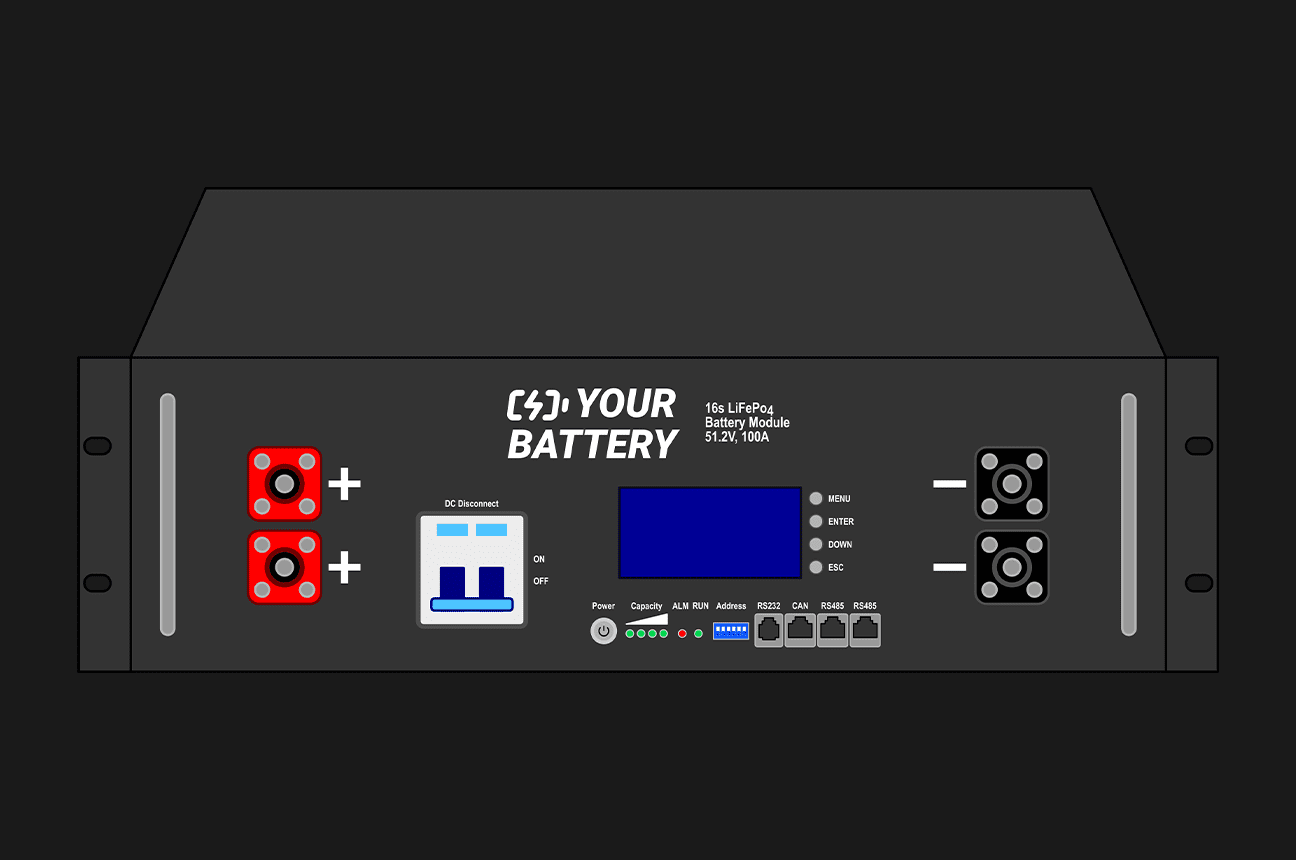A strong energy storage system starts with the right battery management system. Learn how defining clear requirements early can shape performance, safety, and long-term reliability.
Selecting the right Battery Management System (BMS) is one of the most important decisions in developing a battery-powered product or energy storage system. The BMS serves as the control center of any modern battery pack, protecting cells, managing performance, and ensuring long-term reliability.
A new article from Nuvation Energy outlines a structured approach to defining BMS requirements, from understanding cell chemistry and balancing strategies to addressing system integration, safety compliance, and cost considerations. It also explores when a configurable standard BMS is sufficient and when a fully custom solution may be the right path.
Key topics covered include:
- How to establish BMS requirements early in product development
- When to use a configurable standard BMS versus a custom design
- Key factors in cell chemistry, voltage range, and balancing strategy
- How modules, stacks, and system architecture shape BMS design
- What to consider for communication interfaces and system integration
- Why safety, compliance, and certification planning are essential
- How cost, manufacturing, and timeline affect design feasibility
Whether you are designing a new energy storage system or refining an existing one, this framework helps guide early-stage planning and ensures technical, regulatory, and commercial alignment from the start.





